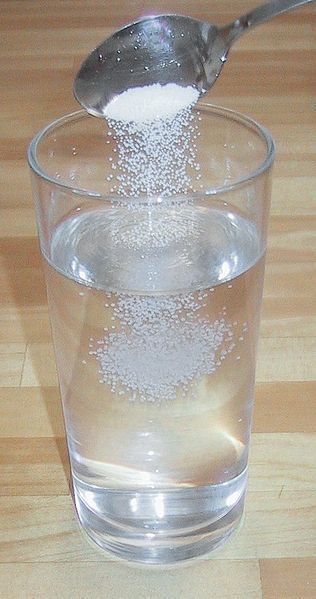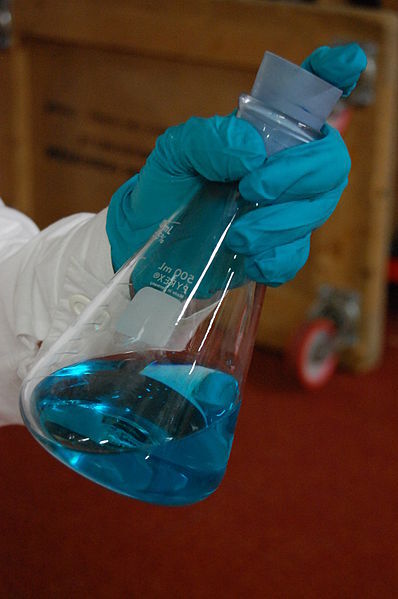It is sometimes difficult to determine whether a reaction system is in a state of equilibrium. Unlike a complete reaction in which one of the reactants disappears completely, equilibrium is not visible to the naked eye. Scientists have therefore identified three conditions necessary to achieve a state of equilibrium. These three conditions must be met in order to demonstrate that a reaction system is in a state of equilibrium.
To be in equilibrium, a system must meet three conditions:
A reversible reaction is one that occurs simultaneously in the forward direction (from the reactants to the products) and in the reverse direction (from the products to the reactants).
For a reaction to be reversible, it must take place in both directions simultaneously. To achieve this, all the reactants and products involved in the reaction must be present at the same time and in the same place. The reactants are then transformed into products at the same time as the products are transformed into reactants. If one of the substances is missing, the reaction is irreversible and does not meet the first condition of equilibrium.
The solubility equilibrium state of sodium chloride (NaCl) is reached when the saturation point is exceeded. When the salt is completely dissolved, one of the reactants is no longer apparent in the reaction system and no transformation takes place. When the salt forms a deposit at the bottom of the water, all the reactants (water and salt) and the product (salt water) are present simultaneously. This is a reversible reaction.
A closed system is a reaction system that does not allow any exchange of matter with the surrounding environment.
In a closed reaction system, no material can enter or leave, so the quantity of material involved remains constant. With no loss or gain of mass, the mass of the reactants at the beginning is equal to the mass of the reactants and products at the end. The reaction is therefore incomplete. Closed systems allow a reversible reaction to reach equilibrium. Conversely, an open system does not allow reactions to reach a state of equilibrium.
An open system is a reaction system that allows exchanges of matter with the surrounding environment.
In chemistry, we say that in an open system, the chemical reaction is complete (all the reactants have been used). There is therefore no equilibrium, but there is the possibility of a gain or loss of mass.
An open container is not necessarily an open system. Depending on the reaction being studied, the container may or may not have to be closed to form a closed system.
For example, in the case of the dissolution of sugar in water |Sugar_{(s)}| ↔ |Sugar_{(aq)}|, no gas is involved. The container can therefore be open and it will still be possible to be in the presence of a closed system if there is a deposit of sugar at the bottom of the water.
On the other hand, in the case of the evaporation of water |Water_{(l)}| → |Water_{(g)}|, the container will have to be closed for us to have a closed system. If this is not the case, the water vapour can escape into the environment.
A closed Erlenmeyer flask (left) is a closed system regardless of the phases of the substances involved. However, an open Erlenmeyer flask (right) can be either a closed or an open system. It will be considered closed if no gaseous substance is involved; otherwise, it will be considered open since it allows an exchange with the environment.
A macroscopic property is a property that can be observed with the naked eye or measured with an instrument.
In a system at equilibrium, there are no visible changes and everything appears stable. This apparent immobility is caused by the fact that the quantities of reactants and products remain constant. This stability is reflected in constant macroscopic properties. These properties include colour, pressure, volume, pH and temperature.
Consider the following reaction:
|H_{2(g)} \ \ \ \ + I_{2(g)} \ \ \ \ \rightleftharpoons \ \ \ \ 2 HI_{(g)}|
colourless violet colourless
The system will be in equilibrium when it has a pale violet colour. If it were colourless, this would indicate that all the reactants had been transformed into products, since the coloured diiodine molecules would have completely disappeared. The system would no longer be at equilibrium.


